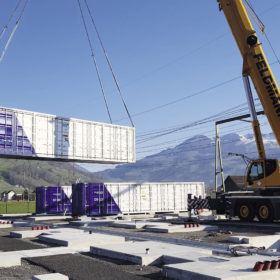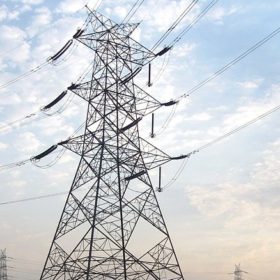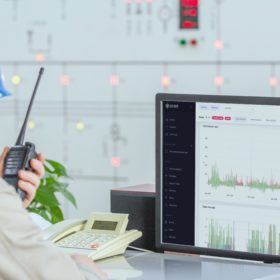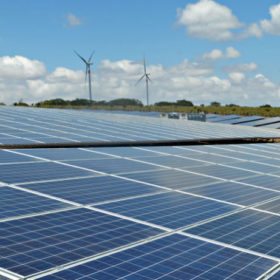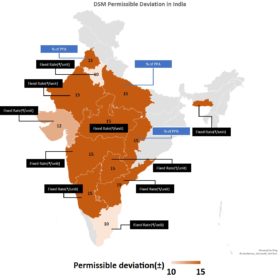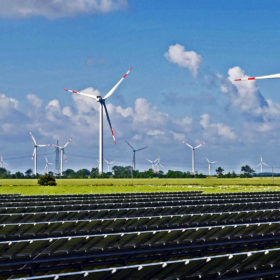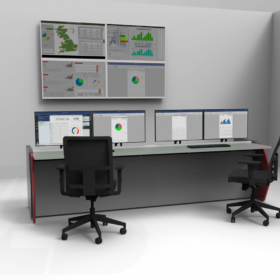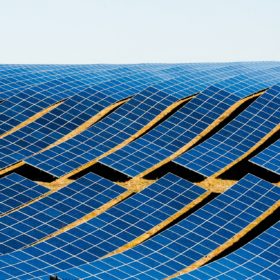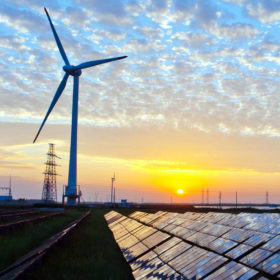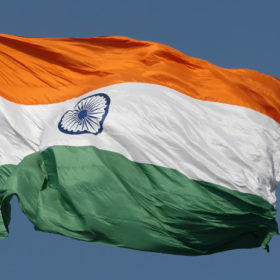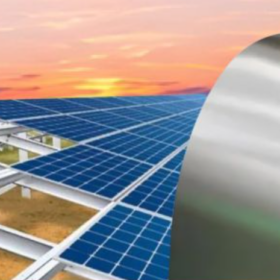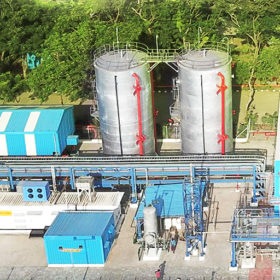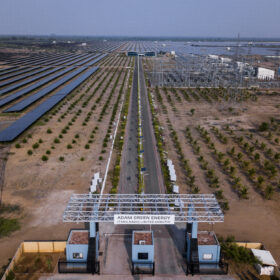Energy storage investment to approach $10bn in 2025
Analyst IHS Markit has predicted storage will rebound this year following its first year-on-year decline in 2019. The technology is being rolled out at pace despite Covid-19 with state-level policies set to keep the US the global capital for the next five years.
CERC approves trading in green term-ahead market
The market-based mechanism will allow resource-rich and resource-deficit States to trade renewable energy and balance their renewable purchase obligation (RPO) targets.
ION Energy’s analytics selected for 581 MWh of large-scale battery storage projects
US-based esVolta will deploy the Edison Analytics software platform across its battery energy storage projects in North America. The software is expected to result in savings of $450,000 annually for esVolta by reducing excess battery degradation through improved heating and discharge management.
India to have 60% electricity generation from renewables by 2030
To support renewable energy integration, the government aims to make the thermal capacity flexible, almost 55% in the first stage and gradually extend it to the entire capacity.
One Nation, One Sun, One DSM
The government needs to rationalize and ensure uniformity of Deviation Settlement Mechanism (DSM) regulations across the country for the seamless integration of renewable energy.
Hybrid and RTC projects to boost India’s RE and energy storage market
The global hybrid energy market, including energy storage, is projected to touch $40 billion by 2025. It is an opportunity that India has capitalized upon, earlier than others.
Consyst bags order to build a renewable energy data center for KSEB
The Kochi-based system integrator will connect kW- and MW-scale solar plants distributed across the state using remote terminal units, Cloud Computing and Industrial Internet of Things. Once commissioned, the system will help Kerala State Electricity Board Ltd to evaluate and analyse the performance of renewable energy generation in the state more precisely in real time and manage grid operations better.
Supply chain concerns will drive EV battery recycling policies
With electric vehicles starting to gain traction, the International Energy Agency’s updated, ten-year e-mobility forecast has suggested geopolitical and economic concerns will trump environmental niceties when it comes to encouraging recycling. But what price ever-cheaper batteries?
Historic-low interest rates will power ahead astonishing solar cost reductions
An Ieefa report has suggested the cost of generating electricity from solar will be near zero in the world’s sunniest regions by 2030-40 – despite what the naysayers at the International Energy Agency might think.
Denmark and India sign MoU on green energy transition
The new Indo-Danish cooperation will prepare the Indian energy system for the integration of 450 GW renewable energy by 2030. It will focus on knowledge exchange in areas such as energy planning and scenario modelling, integration of high share of renewable energy, power system flexibility and electricity markets.
